TWY • 秘密的孩子:Entrez dans le rêve (par Stéphane Delorme)
《电影手册》第753期,2019年3月
par Stéphane Delorme
When reading the DVD (published by Re:Voir, November 29), the hand hesitates. Should we see this sumptuous poem, seen many times in the cinema, on a small screen? And cut into small pieces those nine wonderful minutes that made up the film? Yes, because analysis never spoils the mystery. And because a great film is restoring its virginity: we can trust memory to forget what to forget and always rediscover step by step how Scottie discovers who Madeleine is.

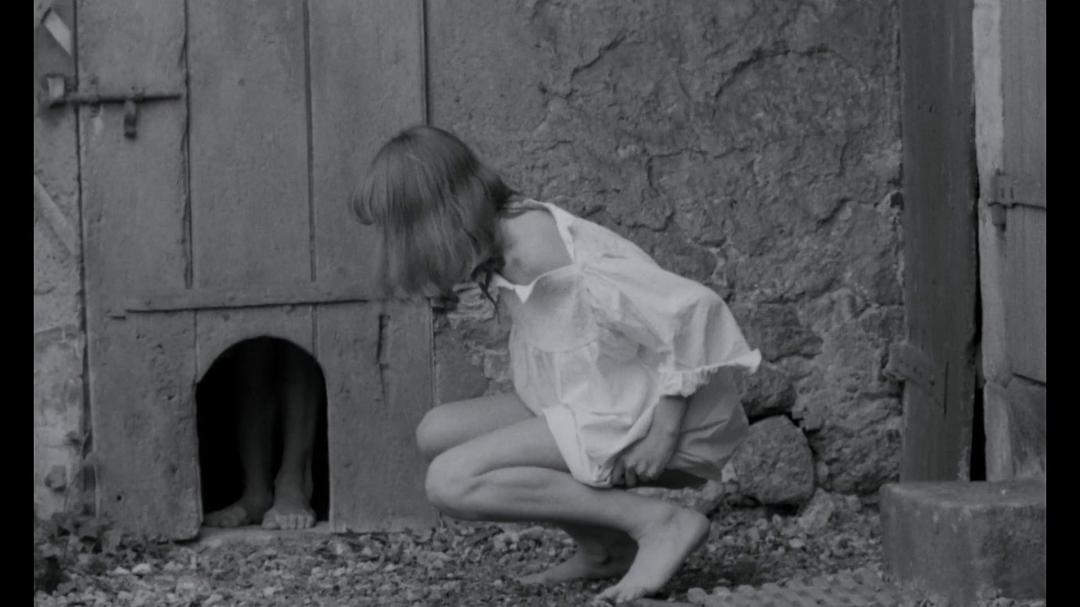
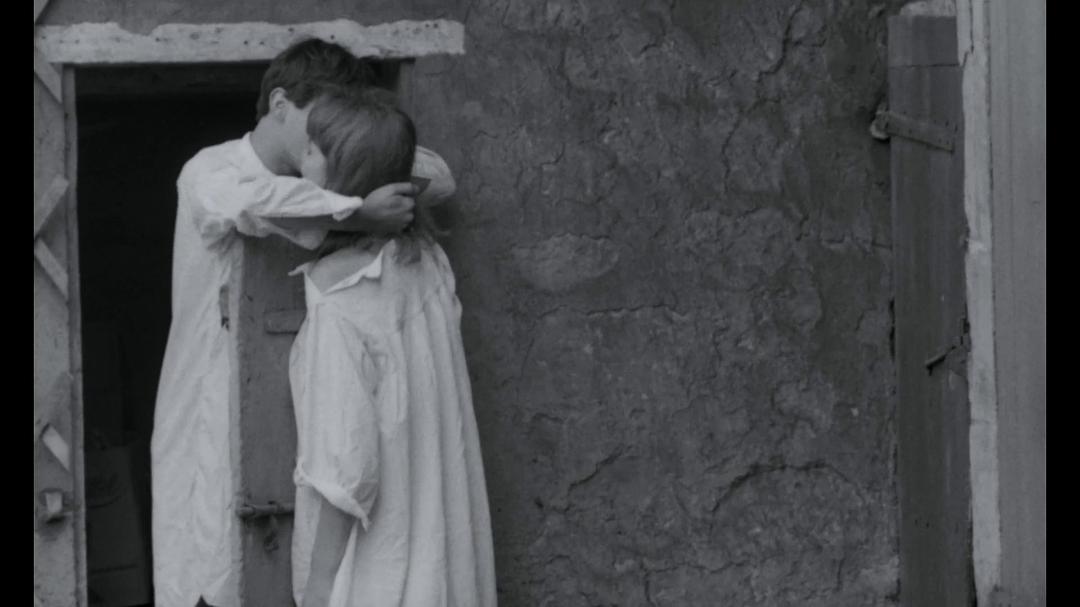
It starts with a clap on the title “Les Forêts désenchanées” [1]. A film within the film. A young girl is stamping, she wants to pee. Small gestures of dumb heroin. She (Elli Medeiros) bends down to relieve herself, we discover the feet of a boy on the other side, and in a discreet symmetry, the notch of the wooden door reproduces the shape of her legs. The soundtrack is silent and comes out of nowhere, off, "long live anarchy!" "Bantering, which could come from the punk Ixe of the contemporary Lionel Soukaz. Yes, that's the anarchy at the end of the 70s, two beings alone in the world, far from everything, and who love each other. Her boyfriend passes his head, they kiss comically over the wooden door. They are in white nightgowns. It is as beautiful as the white start of Au hasard Balthazar. What is more precious, more essential? The embrace of the world's first children. The countryside, the stones, the wood, the white linen, the tousled hair, the arm around the neck. Let the rest go to hell.
The title appears on a white background, "L'enfant secret". No credits. Total editing contrast: pinned to a wall, a photo of Elli Medeiros in concert, at the time of the Stinky Toys, in a wild rock'n'roll attitude, hair in your eyes, squatting against the ground [2] . Rhyme, still secret, of the squatting position. It is no longer a white marriage, but a black cult. The eternal lovers in the countryside joined with the liveliest Parisian night. Cut to [3]: the same lying down, bare shoulder, in front of a tapestry of little rabbits, humor always. Pano back and forth with the boy, still in a white nightgown, they look at each other. It is a completely different "state", perhaps after an argument, a moment of disagreement. There are no psychological junctions in Garrel, only successive states of mind. Hay anecdotes. Rabibochés, they go down the stairs, hands clasped, which is not easy in a small staircase [4], and the contrast, still, she is splendid, she shoulders naked, but suddenly dressed in black, as coming down from the photo, and he always in a nightgown, like a foot in the dream. Garrel maintains the undecidable of figures, actors or characters, condensed from reality and fiction. They heat up near the fire [5].
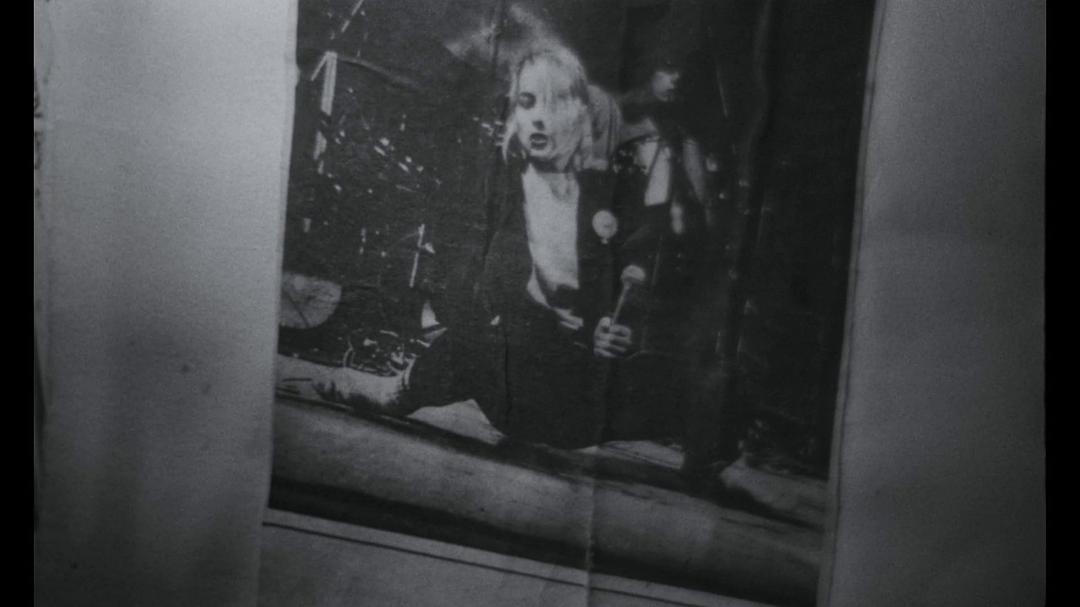
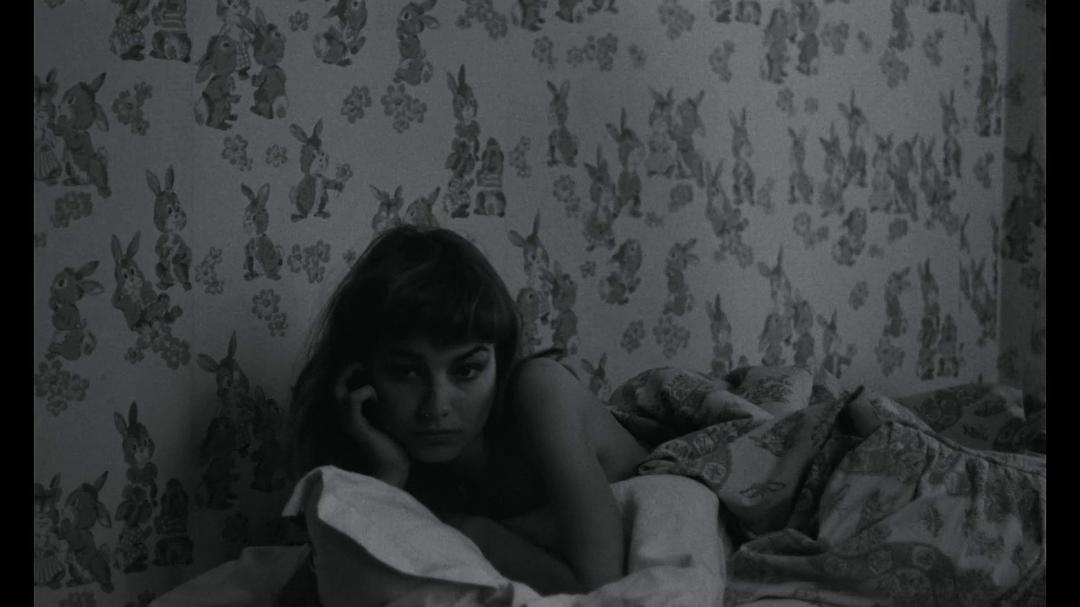
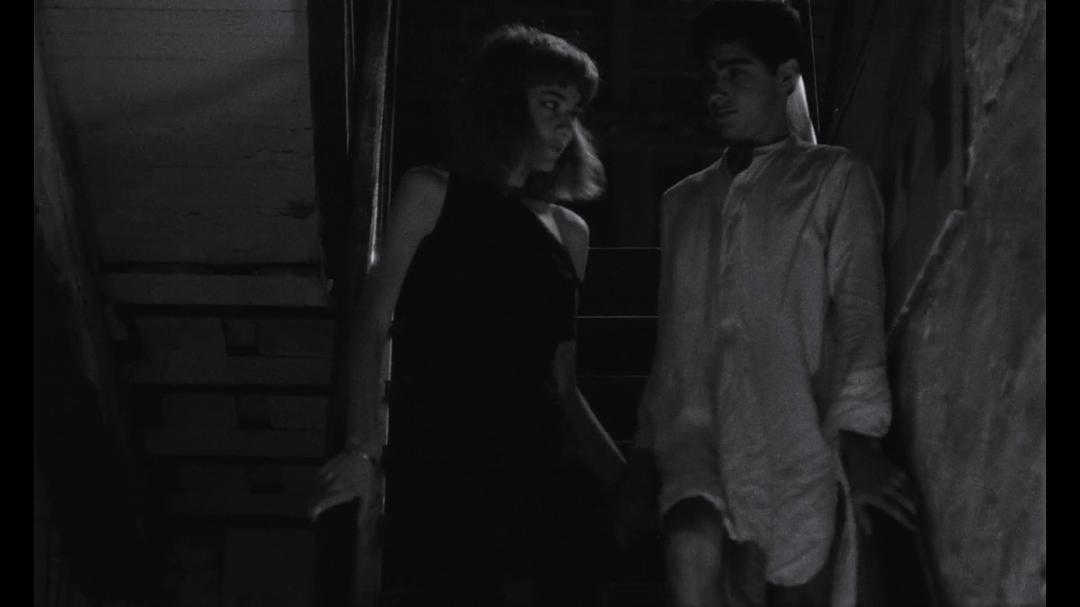
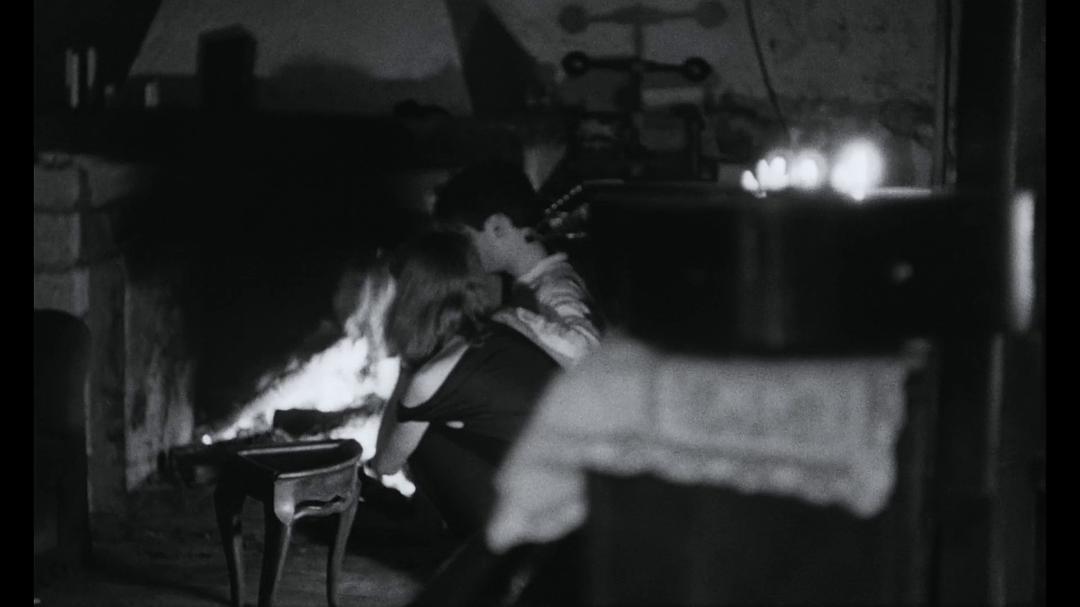
False temporal or imaginary connection: a man reads a book in German on the other side of the hearth [6]: who is he? The filmmaker of Les Forêts désenchanées? The older boy returned to his childhood home? After all, what difference? Garrel invents this astonishing mise-en-scène: he wants in the same space, near the hearth, the real and the dream, the past and the present - while keeping them in two separate shots (the reverse of the coexistence of Wild Strawberries). Back to the children on the other side of the fire, the music begins: full, majestic, piano, violin (Faton Cahen and Didier Lockwood). Suddenly the pace quickens, a woman, Anne Wiazemsky, taps in the window in close-up [7]. Then from the inside, we see it at the back of the shot, the man who reads is on the edge, and an unknown girl, in pajamas, in the middle of the room [8]. Candles make up the picture. A bit of story begins? On the contrary, without warning, cut to cry on the man and the woman kissing, blurred, in a too close framing which misses the faces, sublimated by the music with the exalted lyricism [9]. Was it their date? And it's already their embrace?
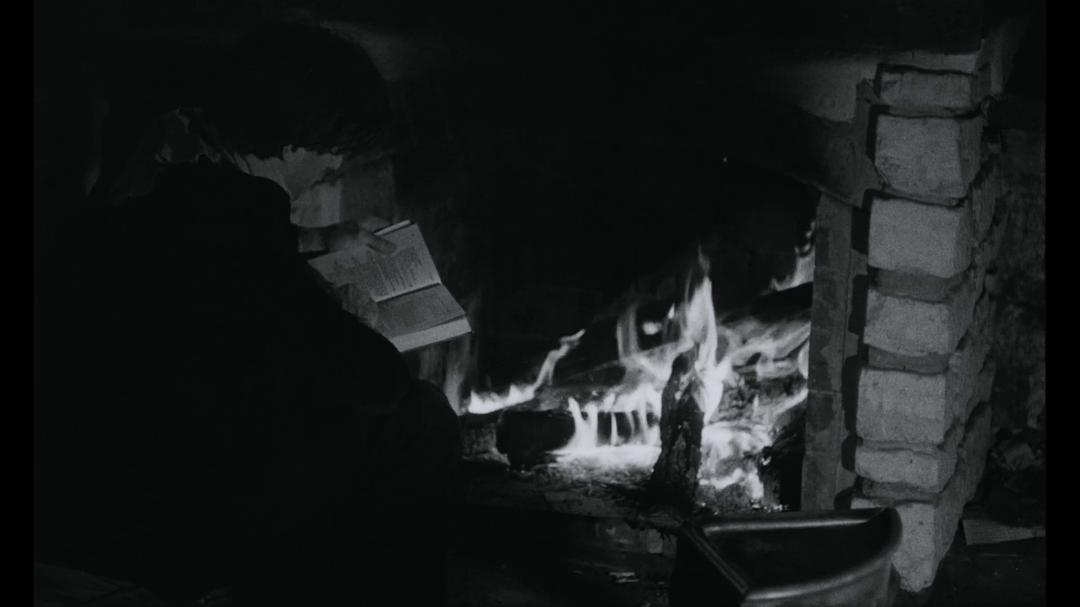

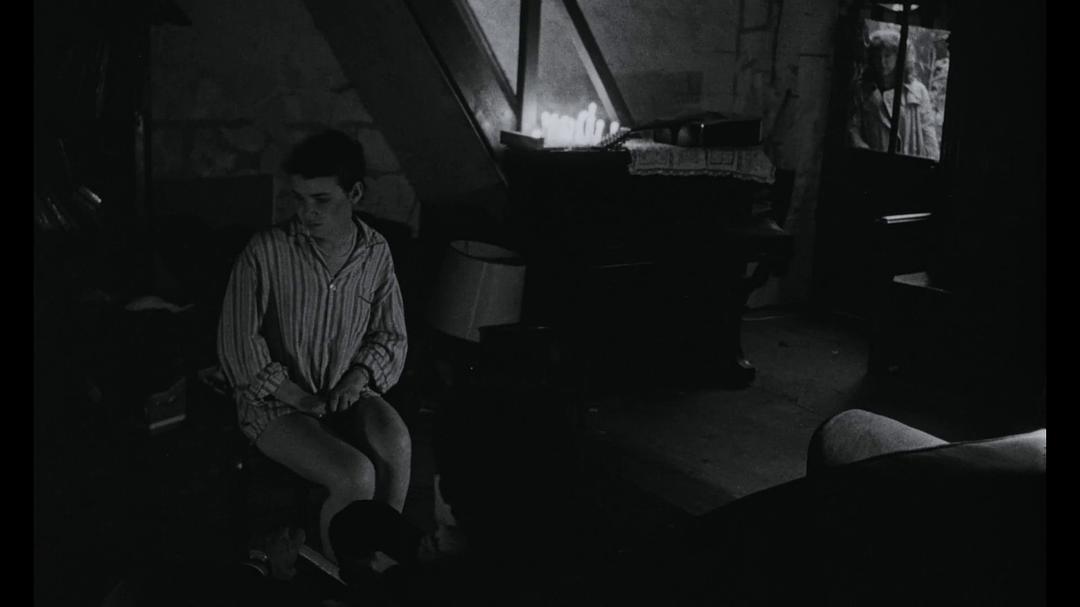
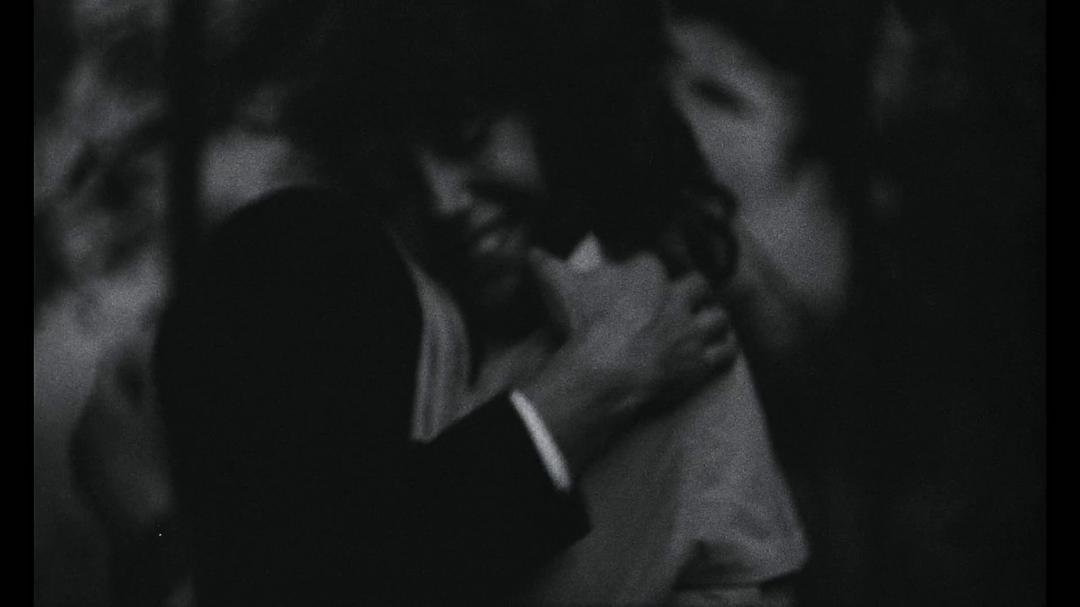
The states follow one another by jumps which are as many emotional jumps. Nothing is explained to us, everything is given to us. "Enter the dream," sang Gérard Manset, a magnificent contemporary of Garrel. The first shots have opened a gap and the whole film is engulfed in it, this gap grows, grows, and becomes the film, now we no longer expect a return. Long live anarchy, that's also it: long live the absence of order. Where rather the disorder, the "orders" which allows to tell a story in various orders, according to the logic of the dream.
Cut to Anne Wiazemsky in bed, echo of Elli Medeiros. Eyes closed, she turns to us one of those great beautiful faces that the filmmaker loves. [10]. Title card, "La césarienne section," like how "L'enfant secret" was written. If there is a cesarean section, the cut is that there is again disagreement. Pictorial naked back, she in a reminiscence of the mythical back in Au hasard Balthazar, him on a chair taking his head in his hands: always men are heavy [11]. This long shot seems exhausted when it is extended, or as if whipped, by an insane connection of 3/4 on Anne Wiazmesky, the body too low in the frame, in a different black and white [12]. Desperately alone behind her mass of hair, she turns her head, face, profile: in Garrel, any face shot is, first of all, a portrait. The music suddenly stops. So it’s over between them? Still opposite connection [13], full exterior shot after bare interior shot, and you can barely make out, like birds in the leaves, you just see her eye, which says to her: "Your heart is beating very hard, what's your name? -Jean-Baptiste, and you? -Ellie." First kiss, the lovers hide to love each other. Separation, meeting, out of order. And it is this disorder that puts us in all our states.
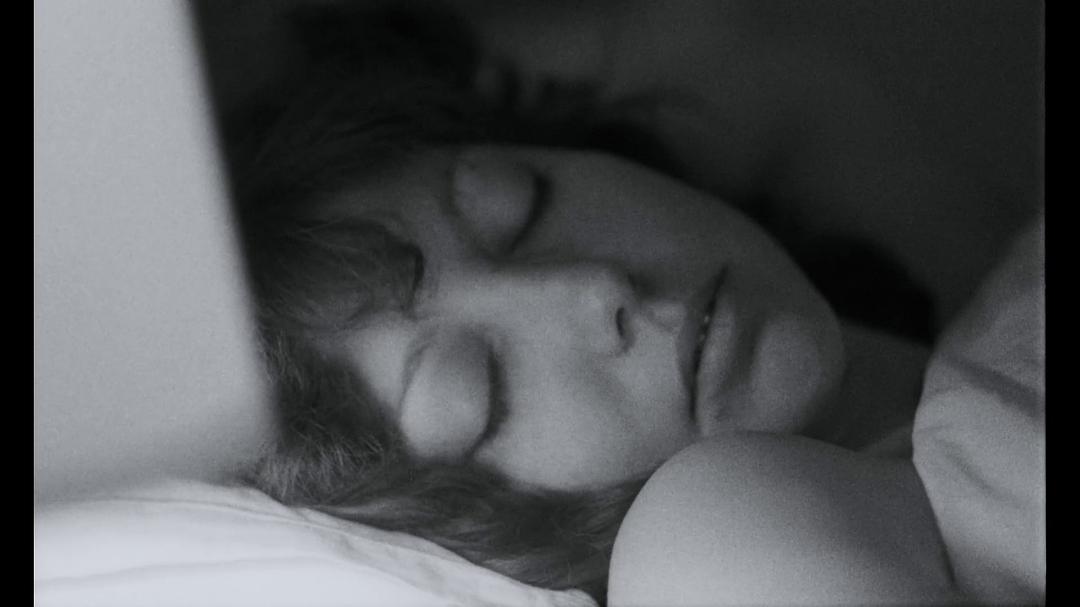
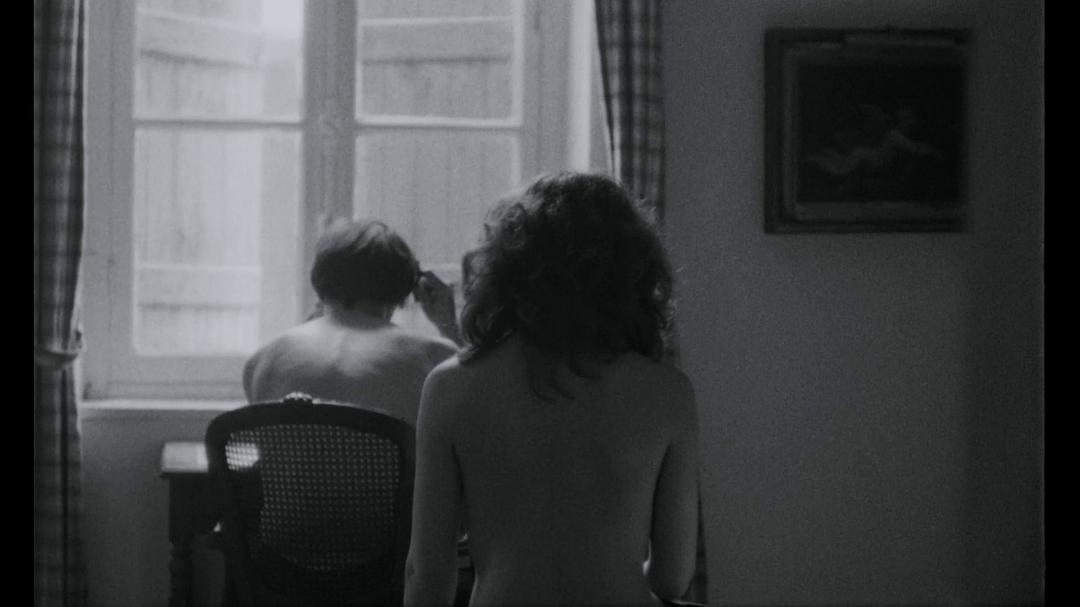
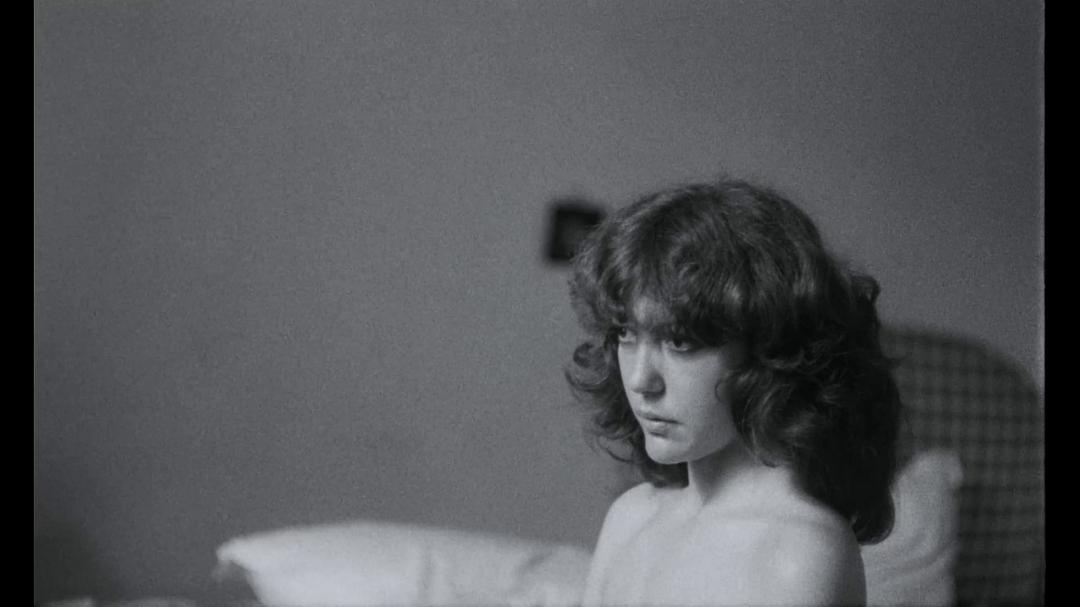
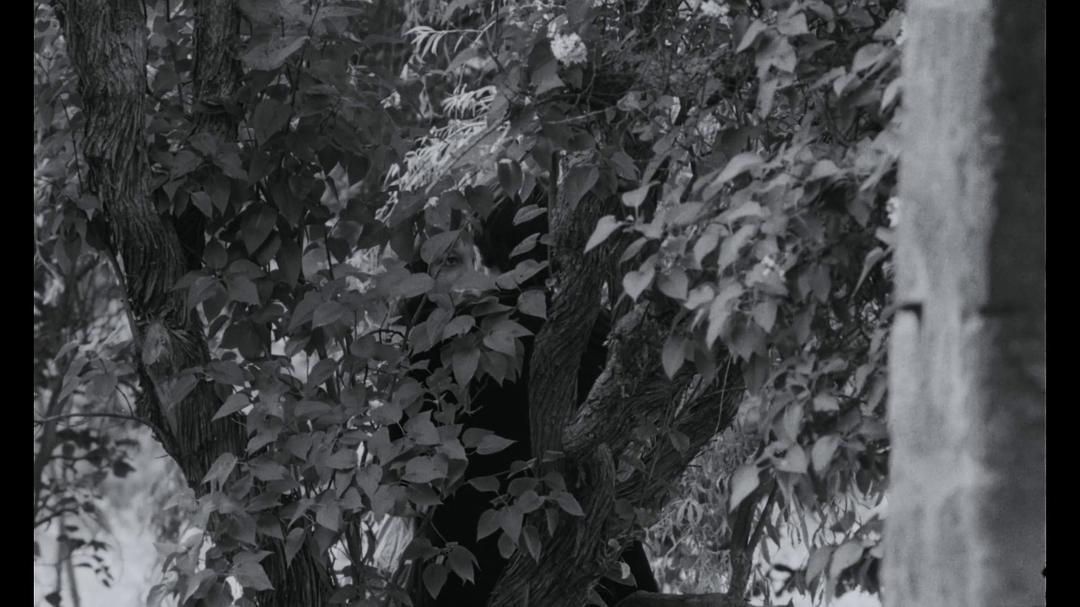
Then we can put in order: a man (Garrel) meets a German woman (Nico), they love and separate, and this filmmaker later makes an idealized film on their history with two young people, including Elli Medeiros (singer, like Nico); we could also tell it like this: a filmmaker was filming a film about two young men who are entwined, a woman came on the set and they loved each other. The two possibilities are wrapped in one another. And whatever. Because only matters what you see when you see it. Only the linear meaning of images full of possibilities matters. We have seen a whole life, a single life, real and imaginary, flowing in the same flow, through various bodies. We have seen the state of things and the state of beings. But we only saw them because they collided, that the friction of white and black, of the child and the adult, of the countryside and the city, of bonded bodies and separated bodies, were against each other, making sparks. We have seen another cinema, romantic not only because it speaks of love and fresh water, but because it advances in fragments, states, affects, and romanticizes the form itself. A cinema which relies on the strength of the shots, the editing and the music, and which immerses gestures, fully in what is the basis of life. We have seen children, men and women who have gone indefinite. Any poem takes us in through a secret lining until it turns the fabric like a glove. To be returned means, in reality, that you have been returned to yourself.

